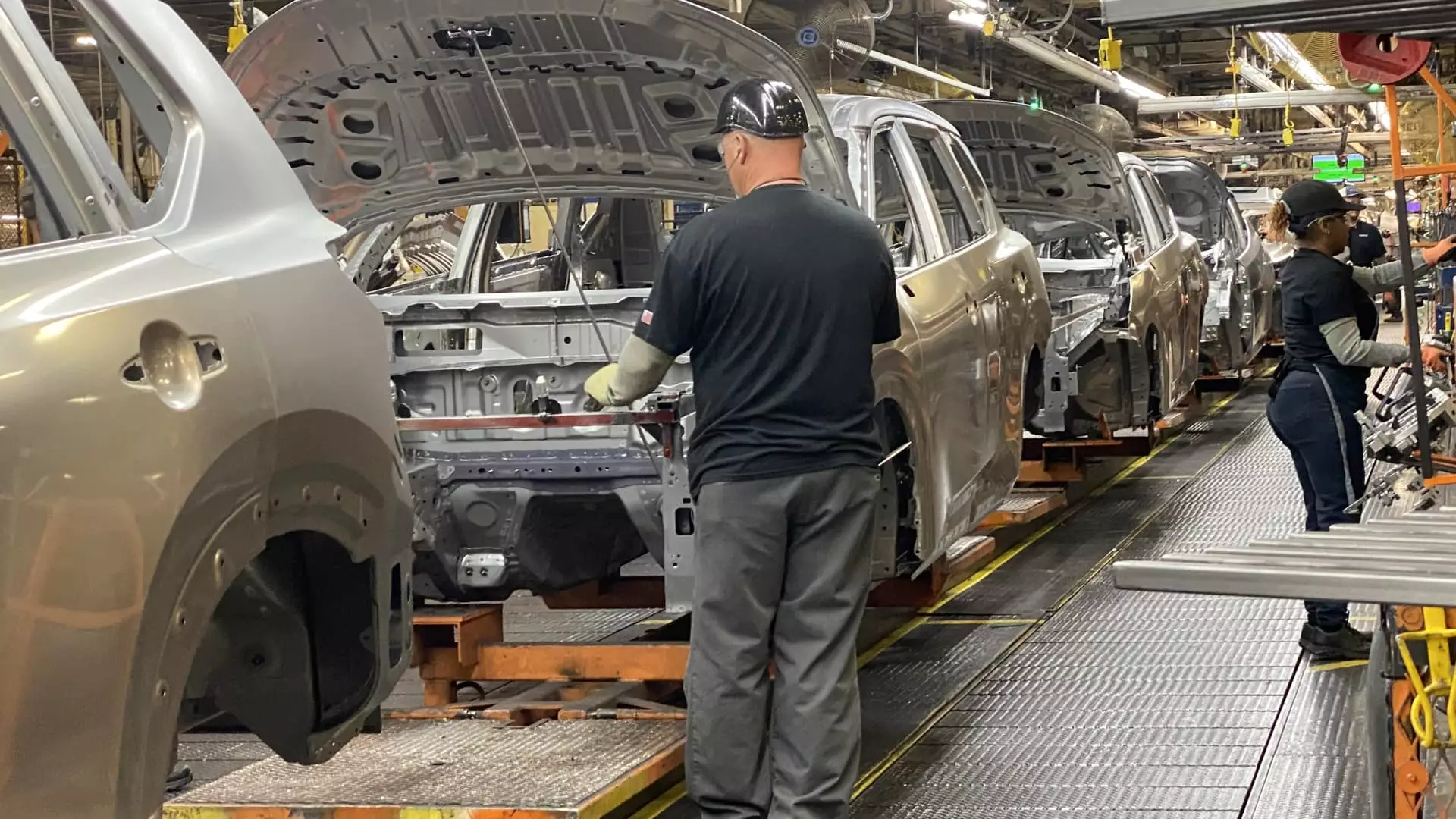In a decisive move that continues to reverberate throughout the global automotive landscape, President Donald Trump’s implementation of a 25% tariff on imported vehicles has sent shockwaves through an already fragile industry. While this protectionist policy may have been intended to bolster domestic manufacturing, the unintended consequences are shaping up to create a modern-day automotive crisis. As analysts project a staggering potential drop of millions in vehicle sales and hundreds of billions in costs, it becomes increasingly salient to question the economic wisdom of such tariffs.
The Ground Reality: Soaring Costs and Shrinking Sales
What does a 25% tariff really mean for everyday consumers? To begin with, the implications extend far beyond manufacturers — they cascade down to average car buyers and the broader economy. As the Center for Automotive Research suggests, the U.S. automotive sector could suffer an upward cost increase of $107.7 billion. With vehicle prices already teetering near an average of $50,000, the new tariffs are further inflating these costs without any corresponding benefit to the consumer. A predicted price hike of $2,000 to $4,000 is hardly a minor inconvenience; it would push average vehicles out of reach for countless American families, particularly given today’s interest rates near 9.64% for new vehicles.
It’s crucial to note that this upward trend in vehicle prices isn’t confined to just new cars — used vehicle prices are also expected to surge. An entire generation of potential car buyers could find themselves priced out of the market altogether, significantly shifting consumer behavior and dampening overall economic mobility.
A Volatile Industry: A Roller Coaster of Uncertainty
Automakers are scrambling to reassess their strategies in light of tariffs, leading to a chaotic environment where uncertainty reigns. Ford and Stellantis have started introducing temporary employee pricing initiatives, while brands like Jaguar Land Rover have ceased U.S. shipments entirely. The continual back-and-forth between tariffs and pricing has created a landscape akin to a roller coaster ride — thrilling for a few but perilous for many.
Goldman Sachs analyst Mark Delaney notes that a low to mid-single-digit increase in average vehicle costs is inevitable. As domestic manufacturers grapple with raising expenses that they will initially absorb, they will eventually pass these costs onto consumers. In an age where consumer sentiment is faltering, this could create a vicious cycle of decreased sales resulting from inflated prices, leading to even more cost-control measures such as layoffs, compression of production, or model discontinuations. The industry risks not just stalling but plummeting.
A Paradigm Shift in Manufacturing
Felix Stellmaszek of the Boston Consulting Group posits that we are witnessing a substantial architectural shift influenced by policy — one that may persist for years. The tariffs are altering the very nature of how and where automotive manufacturing occurs. Companies may rethink international trade partnerships and realign supply chains more closely to home markets, possibly driving northward the costs of not just vehicles, but of other goods in the consumer market.
This long-term reevaluation raises a critical inquiry: is the goal to fortify domestic production momentum worth the risk of sacrificing global partnerships that have historically yielded innovation, efficiency, and prosperity? Given that the automotive industry does not exist in a vacuum, these tariff policies may catalyze an era where domestic manufacturers are rendered less competitive globally.
Consumer Tragedy: The Affordability Dilemma
At the heart of this looming automotive crisis lies the question of affordability. With the average vehicle price nudging near $50,000, most Americans are already feeling the financial strain. The looming possibility of even higher prices exacerbates an already critical environment for consumers struggling with rising inflation rates and stagnant wages.
According to automotive market insights, the situation isn’t merely an economic problem; it is evolving into a social one. Car ownership is a significant milestone for many Americans, and barriers to ownership have far-reaching effects: diminished access to employment opportunities, increased socio-economic divides, and a stifling of American innovation. As prices inflate and subsidies falter, we must ask ourselves: at what cost are we willing to protect our domestic market?
What began as a seemingly straightforward protectionist measure has escalated into a multi-faceted crisis with broad repercussions for the automotive industry and American consumers alike. With costs rising and sales plummeting, the question remains: is this truly the path forward for our economy? In an increasingly interconnected world, one can’t help but feel a sense of trepidation over the road ahead. It’s time to reassess policies with an eye on both the immediate impacts and long-term implications.

